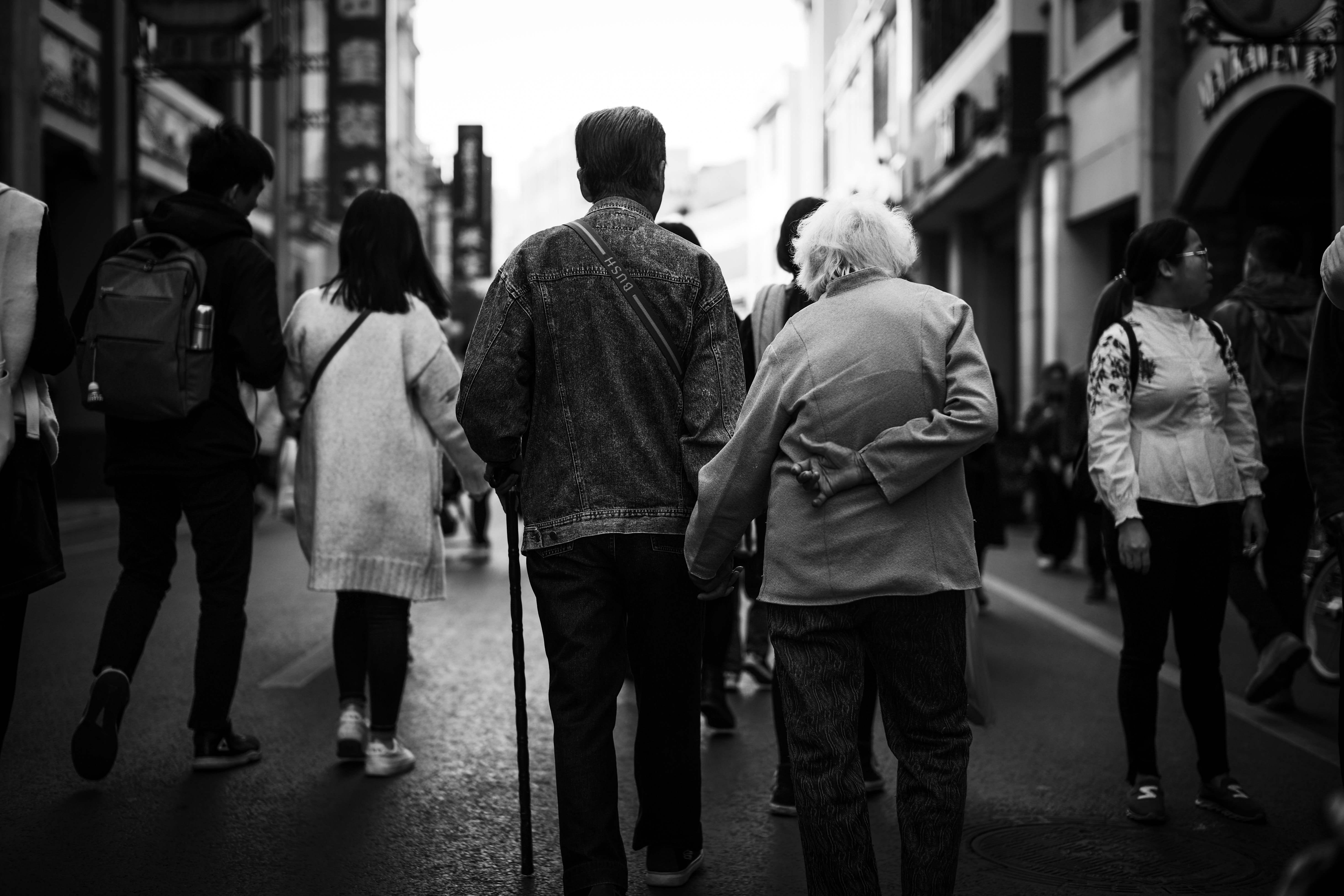
The study of aging is a relatively new field of science. It wasn’t until the last century that we started to see both lifespan and quality of life extend exponentially. And it wasn’t until the last 50 years that researchers started to take a serious look at aging.
And as a physical therapist who works with older adults, aging is a topic I research often. A simple Google search provides a plethora of information on solutions that hold the supposed “cure” to aging. How should anyone know where to start to sort this information out? And what really does work?
“Aging is not a disease, otherwise living would be a disease, but you can’t make money off satisfaction.” -Ashton Applewhite
First of all, aging isn’t a disease that needs to be “cured”. As author Ashton Applewhite would say, aging is living. And it doesn’t have to be a state of decline to be dreaded and avoided.
If any solution is touting itself as the ultimate “anti-aging” remedy, it’s likely not the answer. And if it sounds too easy or passive, it’s also likely not the answer.
Which brings me back to research on aging. Because that’s where the real answers lie.
The Baltimore Longitudinal Study of Aging
The Baltimore Longitudinal Study of Aging (BLSA) is one of the world’s longest-running studies on aging. It began in 1958 and continues to date. For this study, researchers enroll participants age 20 or older and monitor them for life.
Participants undergo an extensive battery of health tests and measures every 3 years throughout their lifespan. These tests include blood work, physical tests for mobility, cognitive testing, and body composition among others.
This is one of the largest and most comprehensive data sets we have available. And after 60+ years of study, researchers have learned a lot but have also been left with questions.
What Can We Learn From the Study?
The study was set up to discover markers of aging but found there are none. One of the key findings of the study has been that aging is highly varied. And understandably this frustrated researchers at first.
They’ve realized aging is different for each individual and data predicted that. And most interesting was a huge variation among individuals observed by researchers. One thing that can be agreed on is that we all age differently and the older we get the more variation there is.
So does that mean aging is completely beyond our control? No, and below I’ll explain how this study demonstrates that aging is more within our control than we realize.
There may not have been one single marker for aging, but there were several strong predictors of how individuals would age. And researchers found these differences could be detected in middle age. For any disease, research supports that one’s aging trajectory is largely determined by our health and attitudes during middle age. The good news is that the markers for many of these diseases are malleable and depend mostly on behavior and choices.
The two strongest predictors researchers found that correlated with healthy aging were attitudes toward aging and mobility during middle age. Meaning the more positive the participant’s attitudes toward aging while in their 40’s and 50’s the better they aged. And the better their walking speed and balance in their 40’s and 50’s the better they age as well.
The great news here is that both of those factors are within our control. And better yet, it’s never too early or too late to start to improve these. Both are accessible and don’t require any financial investment.
You can use this information to check your own attitudes on aging and make adjustments as you need to. There is a balance between being positive and realistic that can be difficult to navigate. Just know your health is more in control than you believe.
The study is still ongoing. And still finding that much of aging is variable and changeable. And as Dr. Ferrucci, the director of the study, notes “That’s a wonderful thing: it’s a window of opportunity. If everyone was on the same deterministic biological trajectory, there would be no hope that we could change it. But the incredible variability shows that the potential to age well is there for everyone. A few people are showing us the way.”
Take Control Of Your Aging
Start taking control of your aging today by implementing simple solutions to improve your attitudes and beliefs about aging. Surround yourself with others in the right frame of mind to age well.
Then, get up and go for a walk. Try a balance challenge. Just keep moving in small ways every day. This doesn’t have to be complicated. Don’t overthink it, just move.
And finally, bypass flashy and expensive “anti-aging” solutions for inexpensive, accessible and simple approaches instead. The best things in life really are free.

